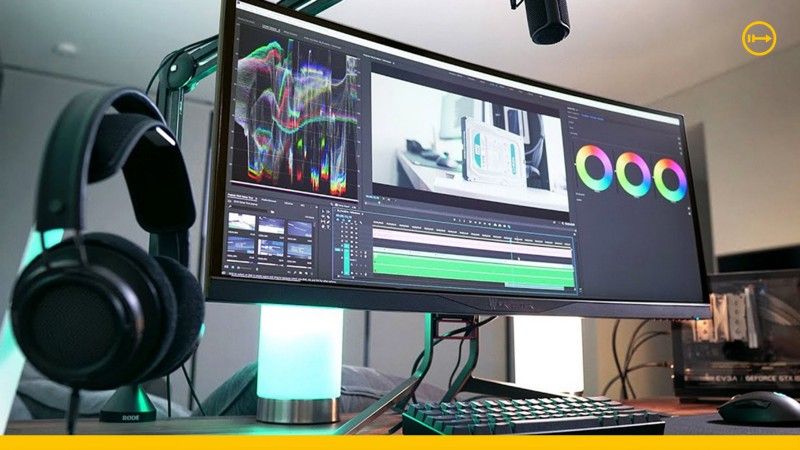The rise of remote video production has been driven by advancements in technology and the increasing need for businesses and organizations to connect with audiences through digital channels. Remote video production allows for the creation of professional videos from anywhere, using a combination of remote video production equipment, collaboration tools, cloud-based software, and mobile equipment.
Key Advantages of Remote Video Production
One of the key advantages of remote video production is the ability to work with a distributed team of professionals, regardless of their location. This allows for a wider pool of talent to be utilized and for projects to be completed more efficiently. Remote collaboration tools such as Zoom, Skype, and Google Hangouts make it possible for team members to communicate and share files in real-time, while cloud-based software such as Google Drive, Dropbox, and Microsoft OneDrive allow for easy file sharing and storage.
Flexible and Cost-Effective Approach
Digital video production companies use mobile equipment, such as smartphones and tablets, to capture high-quality video and audio. This allows for a more flexible and cost-effective approach to video production, as expensive equipment and studio rentals can be avoided. Additionally, mobile equipment is often more portable and can be used in a variety of locations, making it possible to capture footage in unique and interesting settings.
Challenges that Come With Remote Video Production
However, remote video production also presents some challenges. One of the main challenges is the need for a reliable internet connection and the potential for technical difficulties. To mitigate these risks, it is important to have a backup plan in place and to test all equipment and software before beginning a project. Additionally, remote video production requires a high level of organization and communication to ensure that all team members are on the same page and that deadlines are met.
Have a Clear Plan in Place
To create professional videos from anywhere, it is essential to have a clear plan and a defined workflow. This includes identifying the target audience, setting clear objectives, and outlining the overall style and tone of the video. It is also important to have a good understanding of the equipment and software that will be used, as well as the capabilities and limitations of the team members.
Final Thoughts
In conclusion, remote video production is a flexible and cost-effective way to create professional videos from anywhere. The use of remote collaboration tools, cloud-based software, and mobile equipment make it possible to work with a distributed team of professionals and to capture footage in unique and interesting settings. However, it is important to have a clear plan, a defined workflow, and to anticipate and mitigate the potential challenges of working remotely. With the right approach, remote video production can be an effective way to connect with audiences and achieve business objectives.


























